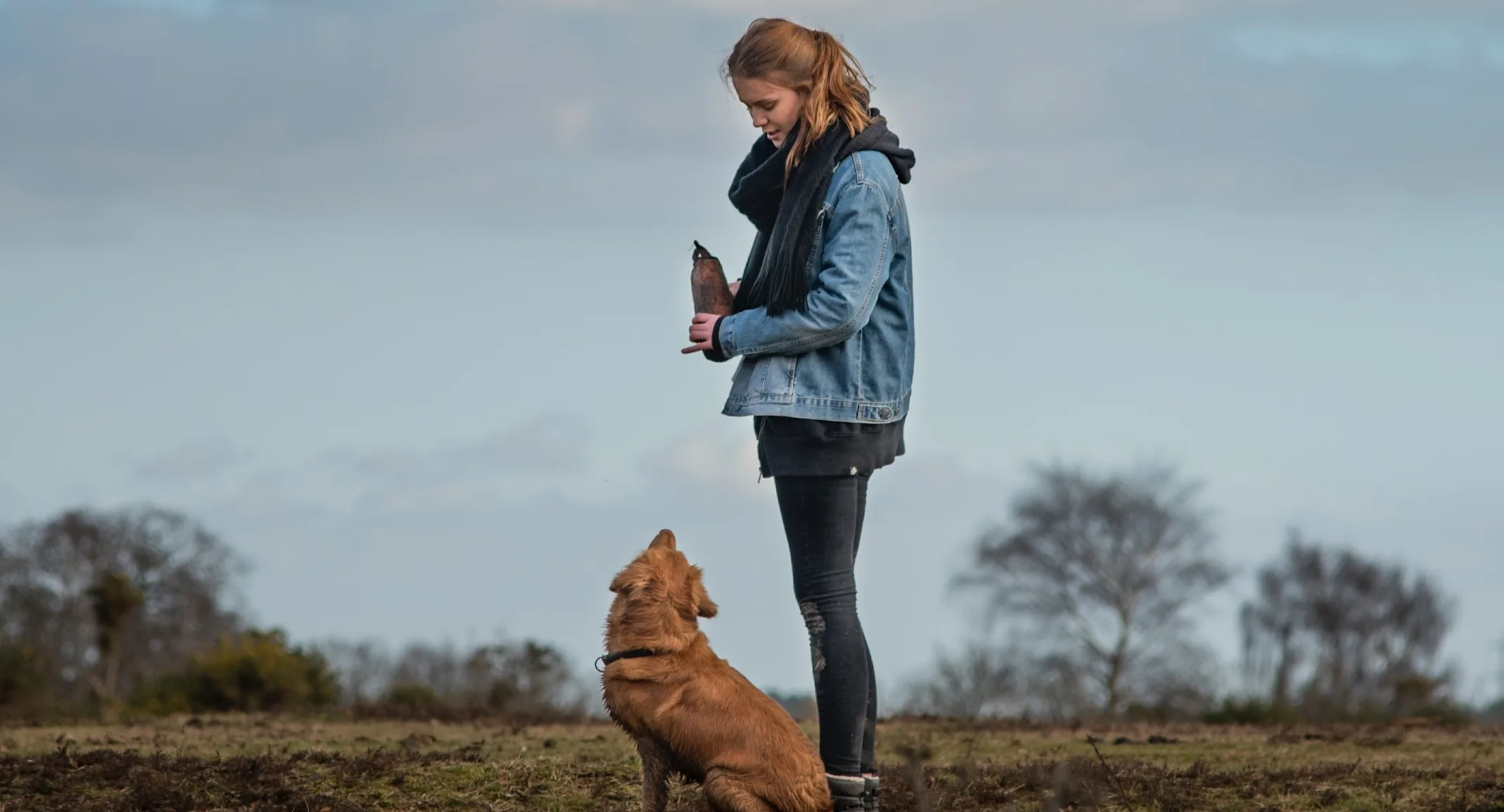Is Your Dog Choking or Reverse Sneezing?
Pet Safety

If your dog reverse sneezes, they may sound like they are choking, especially if you have never heard a reverse sneeze. Do you know the definition of a reverse sneeze, and how to tell the difference between this condition and a choking episode? Our team at Animal Health Care of Marlboro would like to help you distinguish between these conditions. Keep reading and learn how choking and reverse sneezing can affect your dog, and how to tell the difference. Choking in dogs Dogs are notorious for chewing on inappropriate objects that can accidentally become lodged in their windpipe. If this occurs, your dog will likely panic, and they may start pawing at their mouth. If the object is not removed promptly, your dog could lose consciousness. Any small object can cause your dog to choke, but the most common culprits are hard rubber balls and sticks that have swollen from moisture in the dog’s mouth. Medical issues can also cause dogs to choke, including:
Collapsing trachea— Older, small-breed dogs are commonly affected by a collapsing trachea. The windpipe becomes flaccid, and as the dog inhales, the trachea collapses. The harder they inhale, the more the structure collapses, causing coughing and choking. No cure is available, but medications are available to help manage the condition. In severe cases, surgery may be necessary. Keeping your dog trim and cool can also help manage collapsing trachea, since excess body weight and heat exacerbate the situation. Some dogs also benefit from cough medication.
Constricting collars— Collars can quickly become too tight on fast-growing puppies. Ensure you can insert two fingers between their collar and neck to prevent choking.
Infectious diseases— Kennel cough is a highly contagious, infectious disease that can mimic choking in dogs. Other signs will be present, including sneezing and nasal discharge. Puppy strangles can also cause choking, if the throat and lymph node swelling is severe.
What should you do if your dog chokes? If your dog chokes on a small object, remove the obstruction as quickly as possible. If your dog has lost consciousness, open their mouth, look for the offending object, and remove any objects you can see. Do not put your hands in your dog’s mouth if they are still conscious, because they may bite down. If you can’t see an object, or you can’t dislodge an object further back in their throat, you can perform the Heimlich maneuver.
Small dogs— Lay your dog on their back, and apply upward pressure to their abdomen below the rib cage, thrusting four to five times.
Large dogs— If your dog is standing, put your arms around their belly, join your hands in a fist, and push firmly up and forward from behind the rib cage for four to five thrusts. Then, place them on their side. If your dog is already lying on their side, place one hand on their back for support, and use your other hand to press the abdomen upward and forward toward the spine for four to five thrusts.
After a choking episode, you should bring your dog to a veterinarian for evaluation. Reverse sneezing in dogs The soft palate sits at the back of the roof of the mouth and assists in vocalization, swallowing, and breathing. If a dog’s soft palate becomes irritated, the structure can spasm, which results in the trachea narrowing. When this occurs, the dog extends their neck in an attempt to expand their chest to make breathing easier, but the narrowed trachea prevents them from inhaling a full breath. The dog will then inhale forcefully through their nose, causing the backward sneeze, also known as a paroxysmal respiration. When a dog backward sneezes, a loud snorting sound is produced, which can sound like a goose honking. These bouts typically last only about 30 seconds or less. Dogs reverse sneeze for similar reasons that they cough and sneeze. Sneezing helps expel irritants from the nasal cavity and trachea, and reverse sneezing helps expel irritants from the nasopharyngeal region. Possible irritants that could cause a reverse sneeze include:
Allergies
Eating or drinking too fast
Household products, such as perfume, cleaning products, and air fresheners
Overexcitement
Nasal mites
Masses in the throat
Exercise intolerance
An elongated soft palate—common in brachycephalic breeds
Pulling on the leash
Usually, reverse sneezing is a benign issue that does not require treatment or medication, unless the episodes begin to affect your dog’s quality of life. If your dog experiences an episode that resembles a reverse sneeze, record the incident, so our veterinary professionals can more easily diagnose the condition. If the episodes become frequent or severe, we may need to perform diagnostics, such as blood tests, allergy tests, chest x-rays, or a rhinoscopy (i.e., a procedure that involves inserting a camera in the nasal cavity to visualize the throat), to look for abnormalities and determine the underlying cause. Tricks can sometimes be used to help stop your pet’s reverse sneezing episodes. For example, you can cover their nostrils to cause them to swallow, soothing the irritated area, or try gently massaging your dog’s throat to soothe the irritation. In some cases, our veterinary professionals may prescribe anti-inflammatories, anti-histamines, or decongestants to help alleviate your dog’s condition. When your pet is having breathing problems, the episodes can be upsetting and stressful. Knowing how to differentiate between a benign condition, such as reverse sneezing, and a serious problem, such as choking, can ensure your pet receives the help they need. If your pet chokes, or you are concerned about their reverse sneezing, do not hesitate to contact our team at Animal Health Care of Marlboro for immediate care, or to schedule an appointment.
